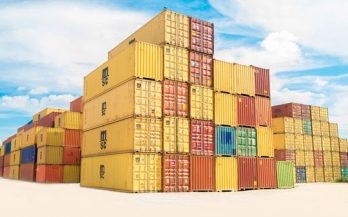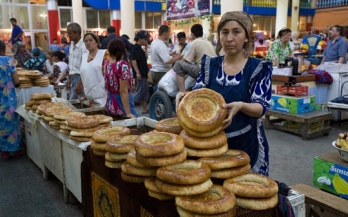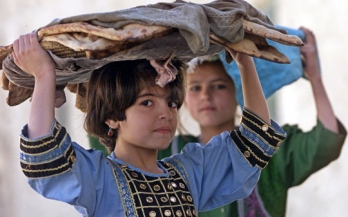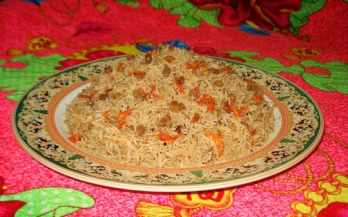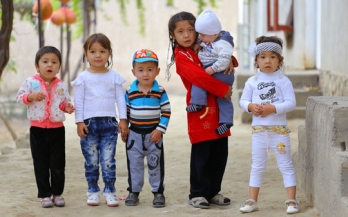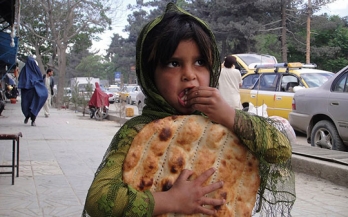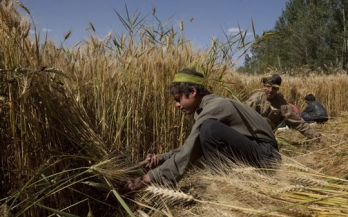This study present findings from a market assessment on the presence and fortification level of vitamin A in all major brands of edible oil and vanaspati sold in Pakistan and potentially exported to Afghanistan. The study was undertaken to inform technical and programmatic decisions to support effective food fortification.
The program has an emphasis on improving fortification processes, regulations and monitoring in the region, in particular for flour exports from Kazakhstan to Afghanistan and edible oil exports from Pakistan to Afghanistan.
This report reviews laws and policies covering the fortification of wheat flour in the Central Asian Republics of Kazakhstan, Kyrgyzstan, Tajikistan and Uzbekistan as well as Afghanistan and Pakistan, and also the fortification of edible oil in the latter two countries.
This program, launched in Afghanistan, aims to increase the availability and access to fortified wheat flour, fortified edible oil and iodised salt by strengthening the regulations and enforcement environment for fortified foods as well as to initiate monitoring of these products at the consumption level.
To date, there is a lack of data on coverage and utilisation of fortified foods, which impedes the ability to tackle the challenges to fortification in Afghanistan. This survey aimed to fill these gaps by providing information on household coverage and micronutrient contribution of fortified foods among women and children.
This report analyses the cost of fortification of wheat flour in Pakistan, Afghanistan and Kazakhstan, using both Afghan and regional harmonized standards; assesses its impact on market prices of wheat flour for a sustainable fortification program in Afghanistan; and makes recommendations on policy and pricing strategies for domestic and cross-border trade.
This report examines previous large-scale fortification efforts in the Central Asian Republics to ascertain the lessons that can be learned from their successes and failures. The results of the report can help new initiatives ensure better coverage of fortified foods throughout the region including Afghanistan.
This report underlines that in order to move the food fortification agenda forward in Afghanistan and create a supportive environment for action, stakeholders need to understand the impact of fortification, both in terms of health benefits and economic costs.
The 2017 Afghanistan Fortification Assessment Coverage Toolkit survey is a cross-sectional survey comprised of a household and market assessment. The household assessment is representative at the national level and stratum level.
Conflict and political crises continue to dominate Afghanistan’s media profile. At the same time, there is another crisis that does not make it into the headlines. That is the silent crisis of malnutrition. This burden undermines the development efforts of all stakeholders: the government, the private sector, civil society, the UN and other development partners.
